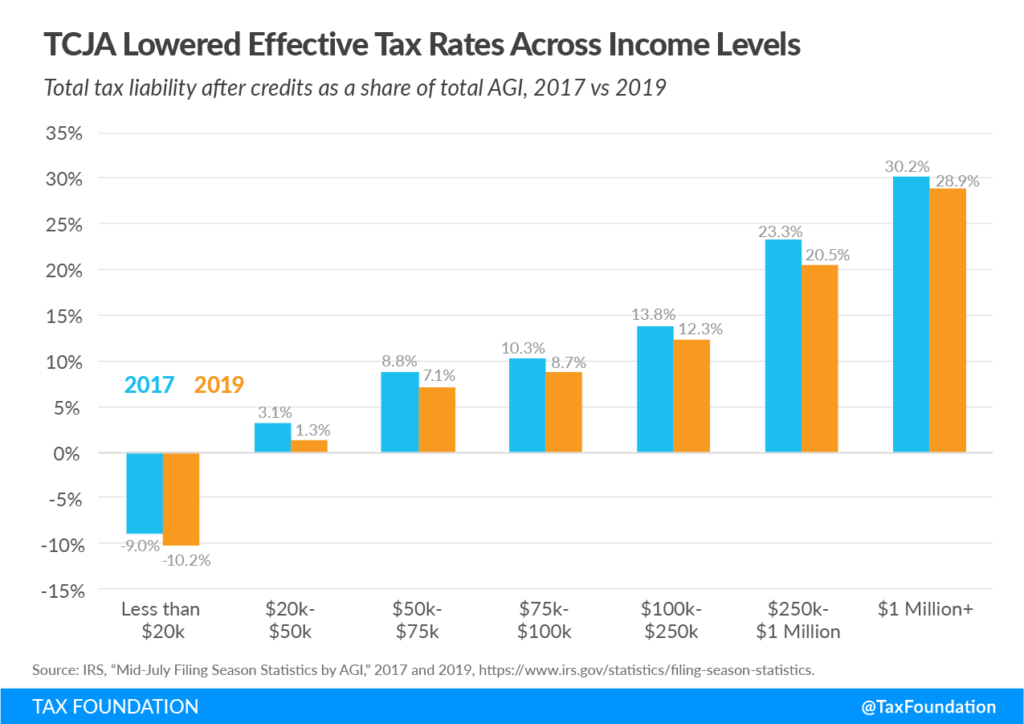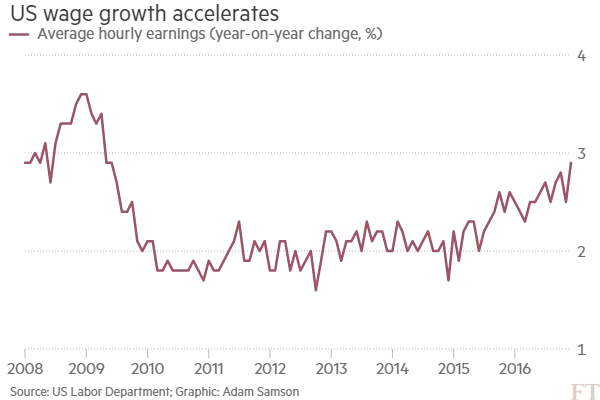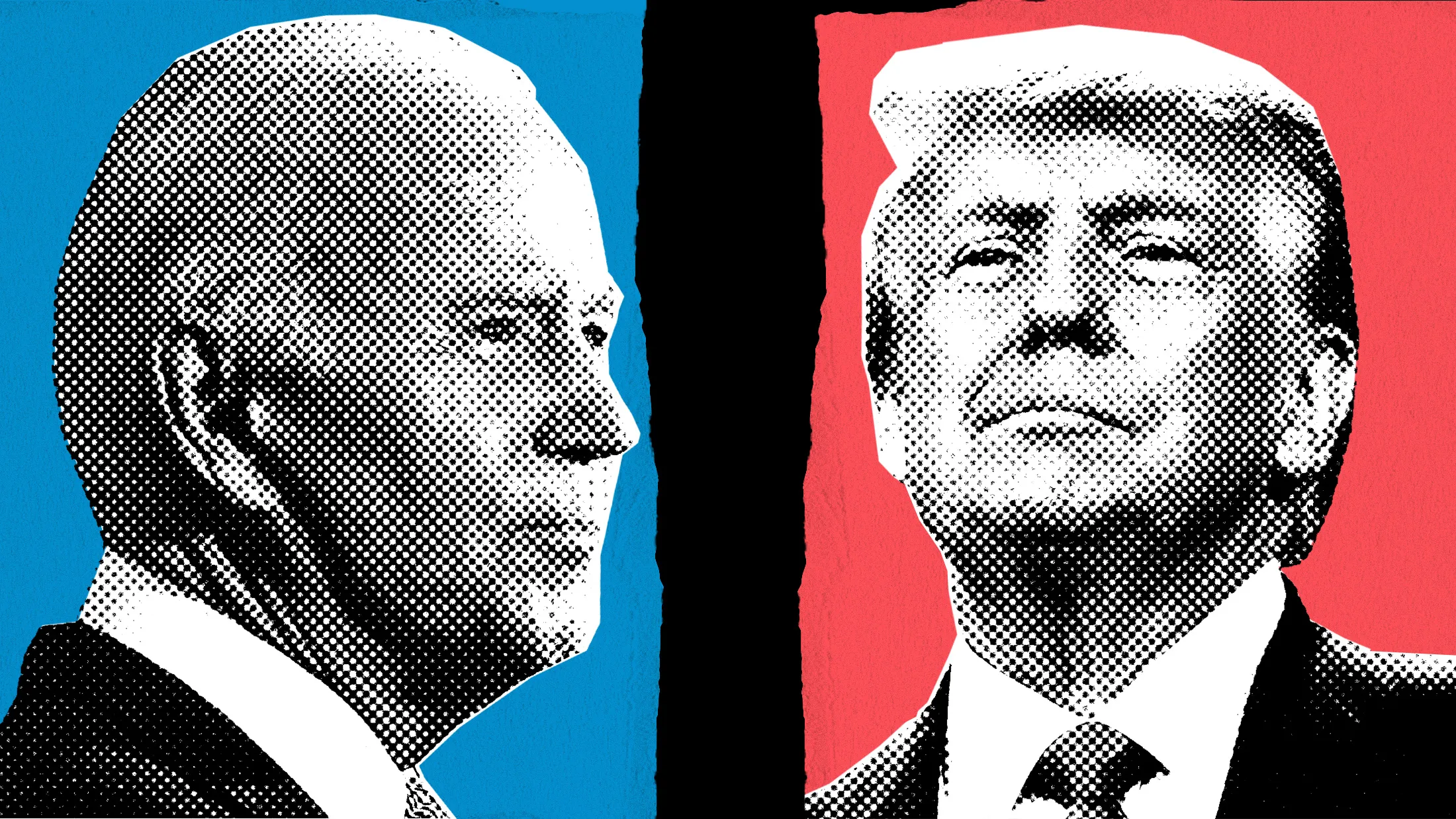Trump’s Tax Cuts: How They Benefited All Americans Despite Claims by Biden and Harris
One of the most defining policies of Donald Trump’s presidency was the Tax Cuts and Jobs Act (TCJA) of 2017, which reshaped the U.S. economy by lowering taxes for individuals and businesses, stimulating job growth, increasing wages, and enhancing economic prosperity for middle- and working-class Americans. Despite the clear benefits shown by data, opponents like President Joe Biden and Vice President Kamala Harris have often painted the tax reform as a policy that only favored the wealthy. However, the evidence tells a different story—one of economic growth and widespread benefits.
The Structure of the Trump Tax Cuts

The TCJA was designed to overhaul the U.S. tax system, offering benefits to taxpayers across all income levels. Some of the key elements of the tax reform include:
- Lowering Individual Income Tax Rates: The TCJA reduced the tax rates for most income brackets. For example, the rate for the highest income bracket dropped from 39.6% to 37%, while middle-income earners saw their rates drop from 25% to 22%.
- Doubling the Standard Deduction: The standard deduction for individual taxpayers was nearly doubled, meaning fewer people needed to itemize deductions and could benefit from a more straightforward tax filing process.
- Child Tax Credit Expansion: The TCJA increased the child tax credit from $1,000 to $2,000 per child, providing relief to working families and middle-income earners.
- Corporate Tax Rate Cut: One of the most significant changes was the reduction of the corporate tax rate from 35% to 21%, aiming to stimulate business investment and increase global competitiveness for American companies.
- Pass-Through Income Deduction: Small business owners, freelancers, and independent contractors saw benefits through a new 20% deduction on pass-through income, providing relief to a significant portion of the American workforce.
Middle-Class Gains Under the TCJA

One of the most pervasive criticisms of the TCJA, particularly from Biden and Harris, has been the claim that the tax cuts primarily benefited the wealthy. However, IRS data and independent analyses reveal that middle-class Americans gained the most in terms of percentage income growth and disposable income.
According to the Tax Foundation, the tax cuts provided significant savings across all income brackets, with middle-income families experiencing some of the largest reductions in their effective tax rates. For example, a family earning between $50,000 and $75,000 saw their average tax bill decrease by about 13.5%, while higher earners saw smaller percentage decreases.
Furthermore, the increased standard deduction and the expanded child tax credit significantly helped working families, giving them more disposable income to cover rising living expenses. The expansion of these provisions helped reduce poverty rates and lifted many families into better financial situations.
Job Growth and Wages

The economic impact of the TCJA extended far beyond just tax relief. One of the most significant achievements of the tax cuts was their role in fostering job growth and wage increases. The corporate tax rate reduction, in particular, had a ripple effect on the economy, encouraging businesses to invest more in infrastructure, new projects, and hiring.
During Trump’s presidency, the U.S. unemployment rate dropped to a 50-year low, and wages increased, particularly for low- and middle-income workers. Data from the Bureau of Labor Statistics showed that the median household income grew during Trump’s time in office, with wages for blue-collar and non-college-educated workers seeing substantial gains. The tight labor market pushed companies to raise wages to attract talent, further contributing to wage growth.
The tax cuts also spurred a wave of corporate investment, which led to job creation. Many companies expanded their operations and increased capital investment, creating new jobs in various sectors, including manufacturing, technology, and services. These investments made the U.S. more competitive globally, allowing American companies to grow and innovate at a faster pace.
Economic Growth and the TCJA’s Broader Impact
The TCJA wasn’t just about lowering taxes; it was about unleashing economic potential. The tax cuts were a key factor in the strong economic growth experienced in the years following the reform. By lowering corporate taxes and offering incentives for businesses to reinvest in the U.S., the act stimulated significant growth in GDP.
In 2018, the year after the tax cuts were enacted, the U.S. economy grew by 2.9%, one of the strongest growth rates in recent years. Business investment increased by nearly 6% as companies took advantage of lower taxes to expand their operations. The stock market surged, and consumer confidence reached new heights as more Americans felt secure in their jobs and financial futures.
The TCJA also benefited the broader economy by encouraging repatriation of overseas profits. The reform included a provision that allowed U.S. companies to bring back profits earned abroad at a lower tax rate, leading to a surge of capital being invested in the domestic economy. This influx of capital further supported job creation and business expansion.
Addressing the Critics: Biden and Harris’s Claims
Despite these clear successes, Biden and Harris have frequently claimed that Trump’s tax cuts only helped the rich. This narrative is not only misleading but factually incorrect. The data shows that middle- and working-class Americans were some of the biggest beneficiaries of the tax cuts.
The false claim that only the wealthy benefited ignores the significant tax relief provided to middle-income families, the expansion of the child tax credit, and the lower effective tax rates for individuals earning between $50,000 and $200,000. Additionally, the claim overlooks the strong economic growth, wage increases, and job creation that resulted from the tax cuts.
The Biden-Harris administration has since proposed rolling back many of the TCJA’s provisions, arguing that they are unfair. However, doing so could hurt the very people who have benefited the most from the tax cuts—middle-income earners, small business owners, and working families. Rolling back these tax cuts could lead to higher taxes for average Americans and potentially slow down the economic recovery from the pandemic.
The TCJA in Today’s Economy
As the U.S. continues to grapple with rising inflation and the economic impact of the COVID-19 pandemic, Trump’s tax cuts remain a vital part of the economic recovery process. With inflation causing the cost of living to increase by roughly $13,000 per person compared to early 2020, the benefits of tax relief are more crucial than ever. The extra disposable income provided by the TCJA helps families offset the rising costs of food, gas, and housing.
Looking forward, preserving the TCJA’s tax cuts could be essential for ensuring that families continue to have the financial flexibility they need to navigate a tough economy. Additionally, maintaining these tax cuts could encourage further investment and job creation, helping to boost the economy as it recovers from the challenges of the past few years.
Conclusion
Donald Trump’s Tax Cuts and Jobs Act provided significant benefits to all Americans, particularly the middle class, by lowering taxes, stimulating economic growth, and increasing wages. Despite false claims by Biden and Harris, the data shows that the tax cuts did not only benefit the wealthy but were a lifeline for working families facing rising costs. By promoting job creation, increasing wages, and boosting investment, Trump’s tax cuts helped create a thriving economy that could continue to benefit Americans for years to come.



